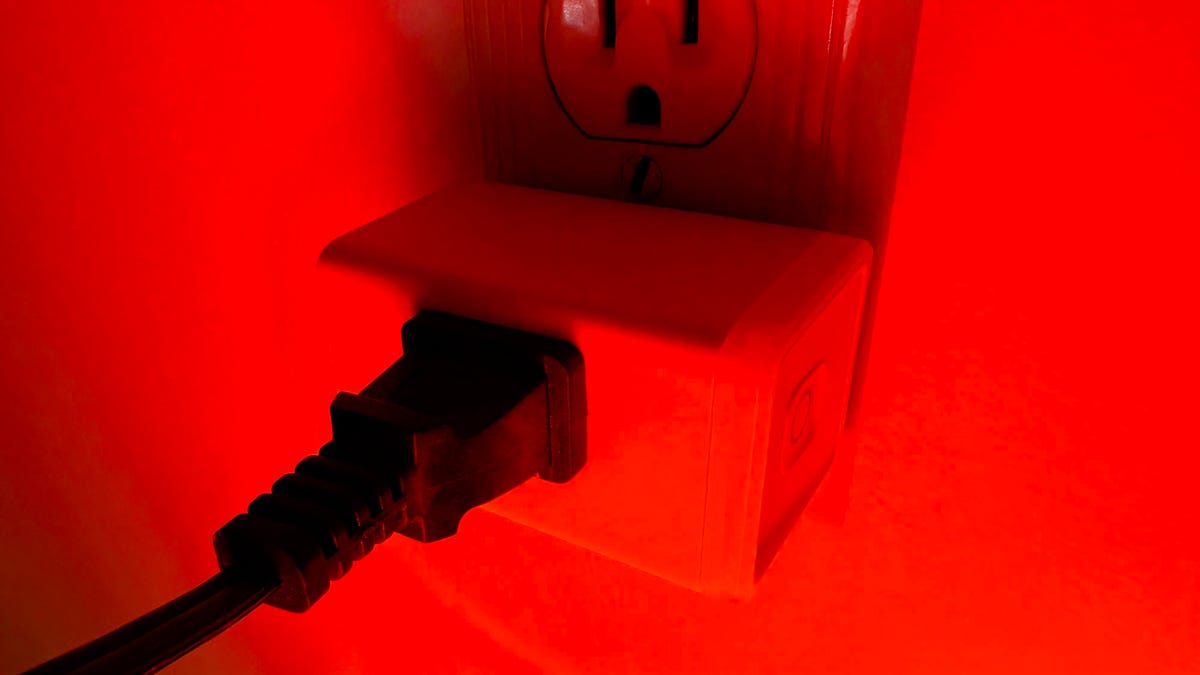Tech
Safety Tips on Using Smart Plugs for Winter Devices

Keeping Your Home Safe and Warm: A Guide to Using Smart Plugs with Space Heaters and More
Winter Warmth and Electrical Strain: A Modern Dilemma
When the temperatures drop, we often turn to space heaters, heated blankets, and layers to stay cozy indoors. While these comforts are essential for warding off the cold, they can put a strain on your home’s electrical system. Overloading your circuits can lead to tripped breakers, potential fires, or even long-term damage to your appliances. To enjoy the warmth safely, smart plugs have become a popular solution, offering features like timers, energy monitoring, and overload protection. However, it’s crucial to understand their limits and how to use them responsibly. With the right knowledge, you can stay warm, reduce energy waste, and protect your home from electrical hazards.
Smart Plugs 101: Enhancing Safety and Efficiency
Smart plugs are more than just convenient devices for controlling appliances remotely. They can also play a key role in improving energy efficiency and preventing electrical overloads. According to a CNET study, 70% of U.S. adults are taking steps to improve energy efficiency at home, making smart plugs a valuable tool in this effort. These devices allow you to monitor and control your energy usage, set schedules, and even turn off devices when they’re not in use. However, it’s important to remember that smart plugs have their own limitations, particularly when it comes to handling high-power appliances like space heaters and electric blankets. Understanding these limits is essential for safe and effective use.
Your Home’s Electrical System: The Basics You Need to Know
Before diving into the world of smart plugs, it’s helpful to understand how your home’s electrical system works. At the heart of your system is the electrical panel, often located in a utility room or closet. Inside this panel are circuit breakers, each rated for a specific amperage (e.g., 15 or 20 amps). These breakers are designed to trip and shut off power if the electrical load on a circuit becomes too high, preventing overheating and potential fires. The outlets in your home’s walls are also rated for specific amperage levels, typically 15 or 20 amps, depending on their location and usage. Smart plugs generally mirror these ratings, but they’re not as durable as hardwired outlets. For example, while a 15-amp smart plug can handle up to 1,800 watts, running a device at this maximum capacity for extended periods can stress the plug and the circuit it’s connected to.
Smart Plug Specs: What You Need to Know
When choosing a smart plug for high-power appliances like space heaters, it’s critical to check its specifications. Most smart plugs are rated for 15 amps and 120 volts, which is standard for U.S. households. However, some models, like the Aeotec Heavy Duty Smart Switch, can handle higher amperage (up to 40 amps) and even 220 volts, though these are less common and often require hardwiring. Outdoor smart plugs, such as the Kasa Outdoor Smart Plug, may have slightly different ratings to accommodate their intended use. Regardless of the model, it’s important to match the plug’s rating to the appliance you’re using and the outlet it’s connected to. A smart plug’s operating temperature is another key factor, as heating devices like space heaters can generate significant heat both during operation and as a byproduct of the electrical current they draw.
Smart Plug Safety Awareness: Avoiding Overloads
Using smart plugs to control high-power appliances requires careful attention to their limitations. For instance, most space heaters on the market have a maximum wattage of 1,500 watts, which is within the capacity of a 15-amp smart plug. However, plugging multiple high-power devices into the same circuit can quickly lead to overloads. If you’re using a space heater, it’s best to avoid running other high-power appliances on the same circuit simultaneously. Certified electrician Derek Rhoades advises that if the total load exceeds 1,500 watts or will run for an extended period, it’s safer to limit the load to around 1,440 watts (about 80% of the smart plug’s rated capacity). This precaution helps prevent overheating and ensures the longevity of both the plug and your home’s electrical system.
Practical Tips for Safe and Efficient Use
To get the most out of your smart plugs while keeping your home safe, follow these guidelines. First, always check the amperage rating of the smart plug and the appliance you’re connecting. If the appliance’s power requirements exceed the plug’s capacity, choose a lower setting or use a different outlet. Second, avoid using multiple high-power devices on the same circuit, even if they’re connected to separate smart plugs. Third, consider investing in smart plugs with higher amperage ratings or built-in overload protection if you frequently use high-power appliances. Finally, take advantage of the smart features offered by your plug, such as energy monitoring and scheduling, to optimize your usage and reduce waste. By being mindful of these tips, you can enjoy the convenience of smart plugs while safeguarding your home from electrical hazards.











